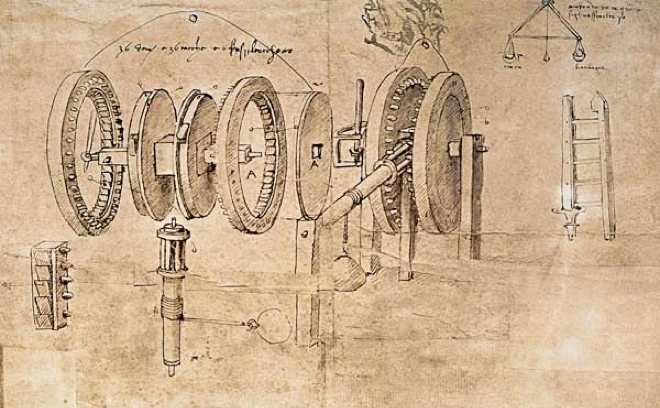
Is a Car Really Just a Computer on Wheels?
I am sure you have heard it before: your car is just a computer on wheels. It’s an opinion most common among the numerous startups and entrepreneurs with minimal industry experience attempting to jump on the automotive innovation bandwagon. I heard it again last week at an industry panel I participated in.
It’s true that modern cars incorporate a growing number of powerful computers that control most vehicle operations and interactions with driver and passengers, and with the outside world.
But whether thought-provoking or plain cute and trying to impress the audience, the assumption that these computers render a car as not much more than a powerful computer on wheels is not only inaccurate, it can be self-limiting and leading those new entrants astray. Read More




